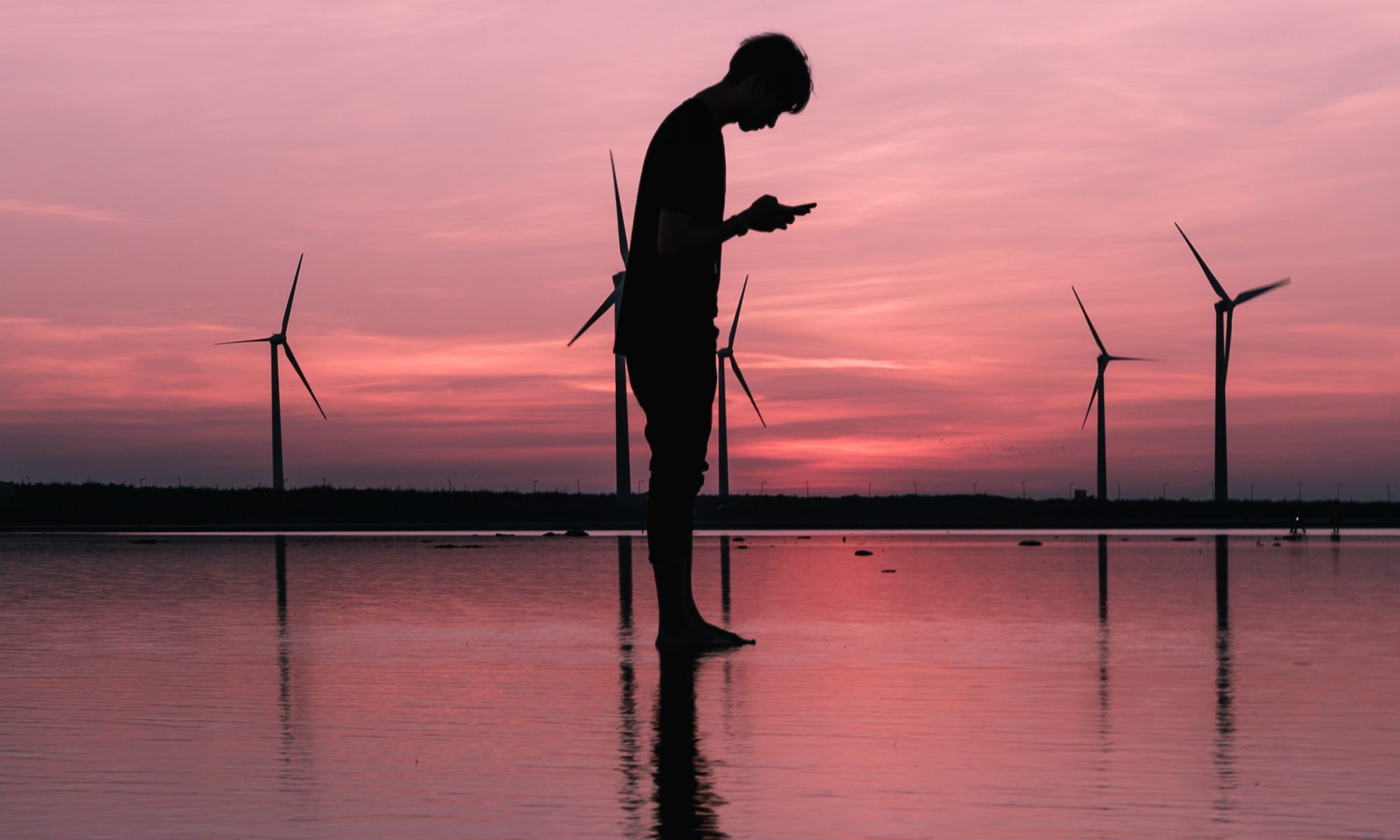According to a new analysis, renewable energy is more affordable than previously believed, which might revolutionise the fight against climate change.
In Italy, renewable energy sources account for more than one-third of total electricity production. Hydroelectricity has long held the top spot, followed by solar photovoltaic, bioenergy, wind, and geothermal energy. Italy ranks third in Europe for renewable energy production overall.
Italy has consistently led both Europe and the globe in the use of renewable energy. In reality, the use of non-fossil fuels accounts for a sizeable portion of the nation’s energy production, with a rate of growth that is steady year after year.
The main energy sources in question include water, the sun, the wind, and earth’s heat. Other sources, such as wave and tidal power, as well as different biofuels, are available in addition to these strategic resources, albeit to a considerably smaller extent.
What are renewable energy sources in Italy, and where are they made?
The distribution of certain renewable resources in each region as well as the peculiarities of each location affect how much green energy is produced in Italy. Where there are steep inclines in the landscape, like in the Alps and, to a lesser extent, along the spine of the Apennines, hydroelectric power predominates. In the south, photovoltaic systems are more prevalent because of the latitude and more light exposure. Primarily on the big islands of Sicily and Sardinia, as well as in the southern Apennines in Puglia, Campania, and Basilicata, wind energy is harnessed. Last but not least, Tuscany is the geothermal energy centre of excellence due to both its historical significance and unique geological characteristics. In order to accomplish the objectives set forth in the Integrated National Energy and Climate Plan (NECP) for 2030, every area of Italy is involved.
In terms of distribution and penetration throughout Italy, all renewable energy sources have experienced remarkable growth in recent years. Only 356 Italian municipalities had renewable energy-powered electric or heating facilities in 2010. With almost 7,900 municipalities in Italy as of June 2020, every municipality has at least one renewable energy source.
There are 7,776 municipalities with at least one photovoltaic plant installed, 7,223 with a solar heating plant, 3,616 with bioenergy systems, 1,489 that utilise hydroelectric power (thanks to large structures or mini-plants), 1,049 with wind turbines, and 594 that also harness geothermal energy, according to Legambiente’s report “Comunità rinnovabili” (Renewable Communities). Additionally, more than 3,000 towns already produce more renewable energy than is required for residential consumption, and 41 of those can also meet their heating demands.
